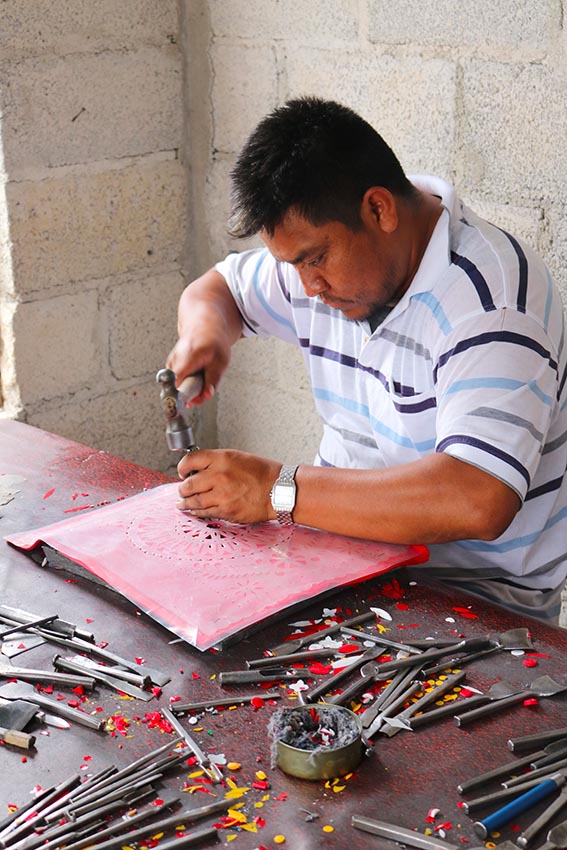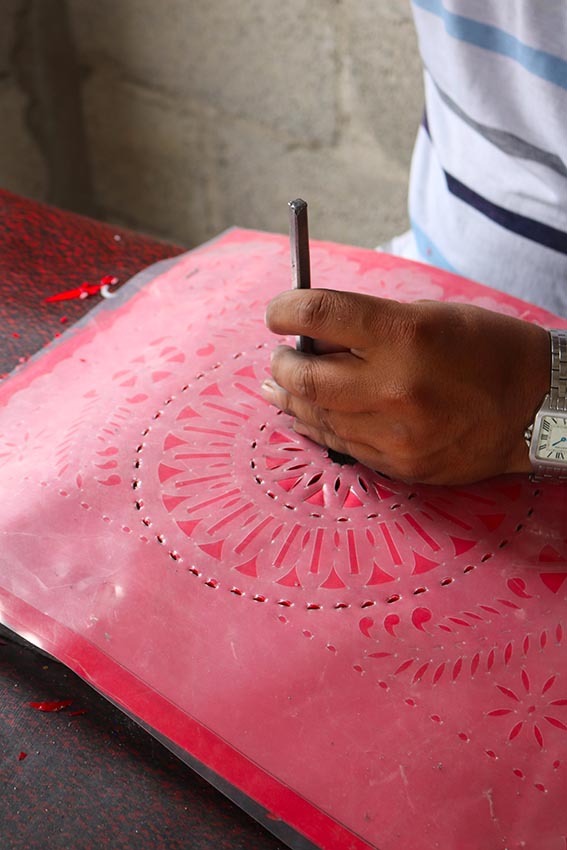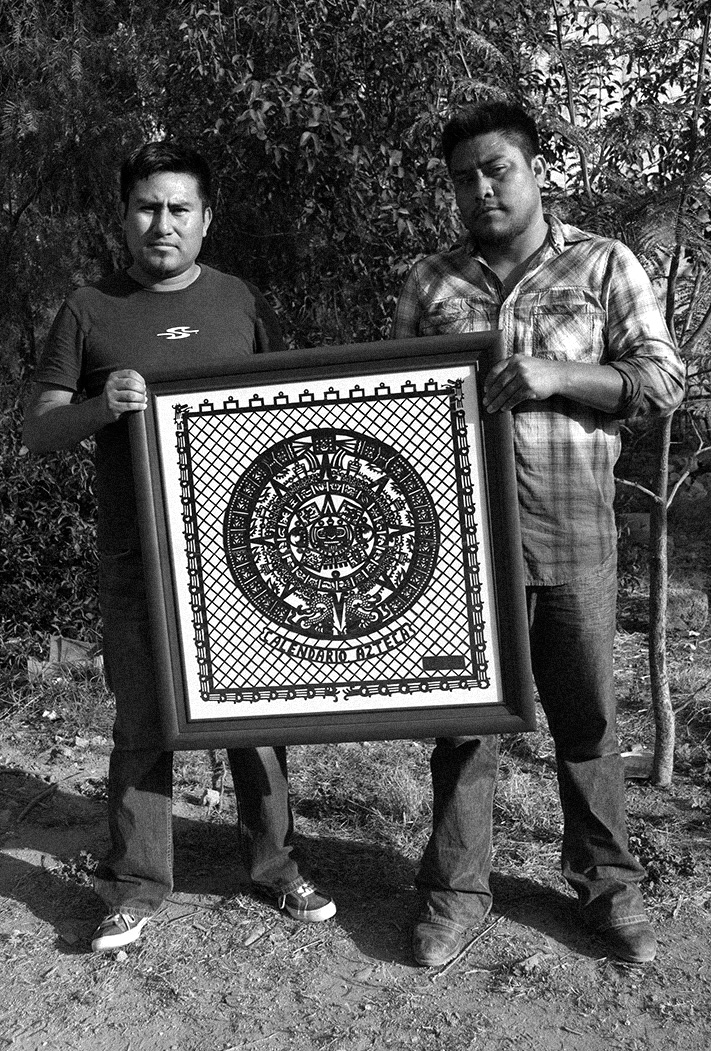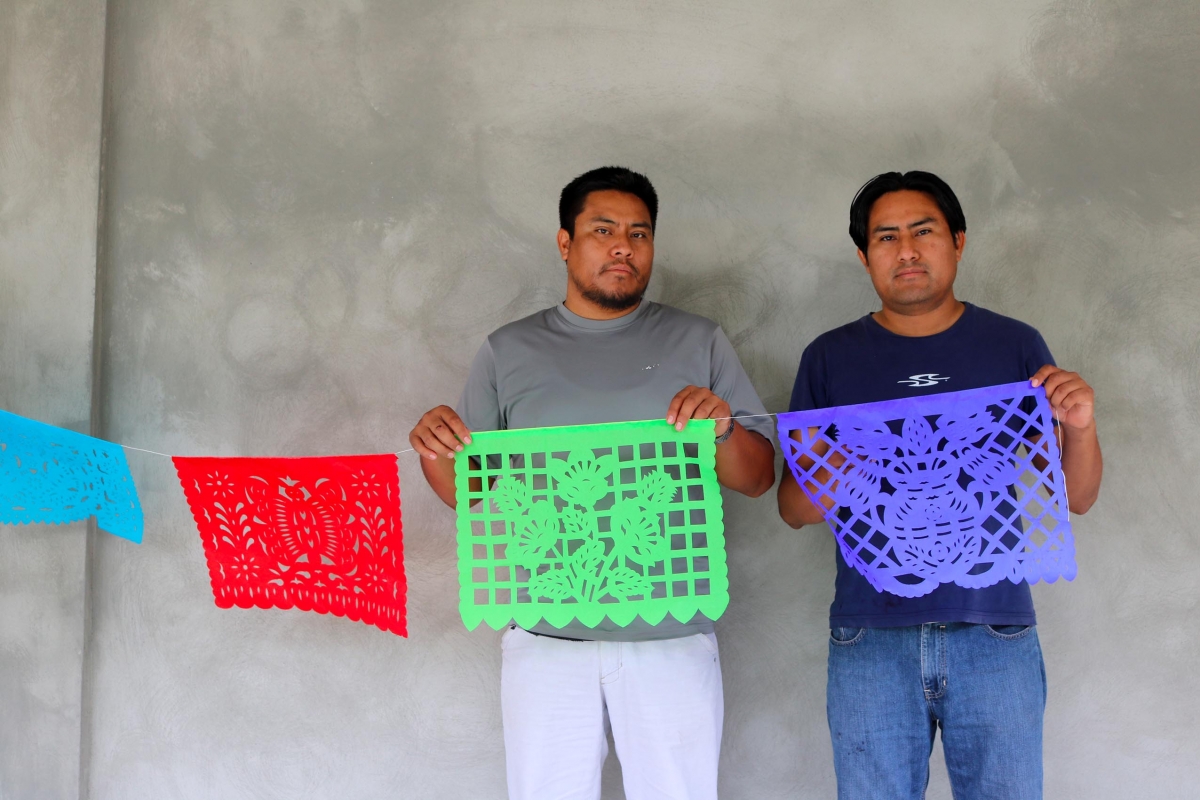
Papel picado : an ephemeral art
Decorative-cut paper flags, papel picado has roots that can be traced back to pre-Hispanic times, when paper making thrived throughout Mesoamerica
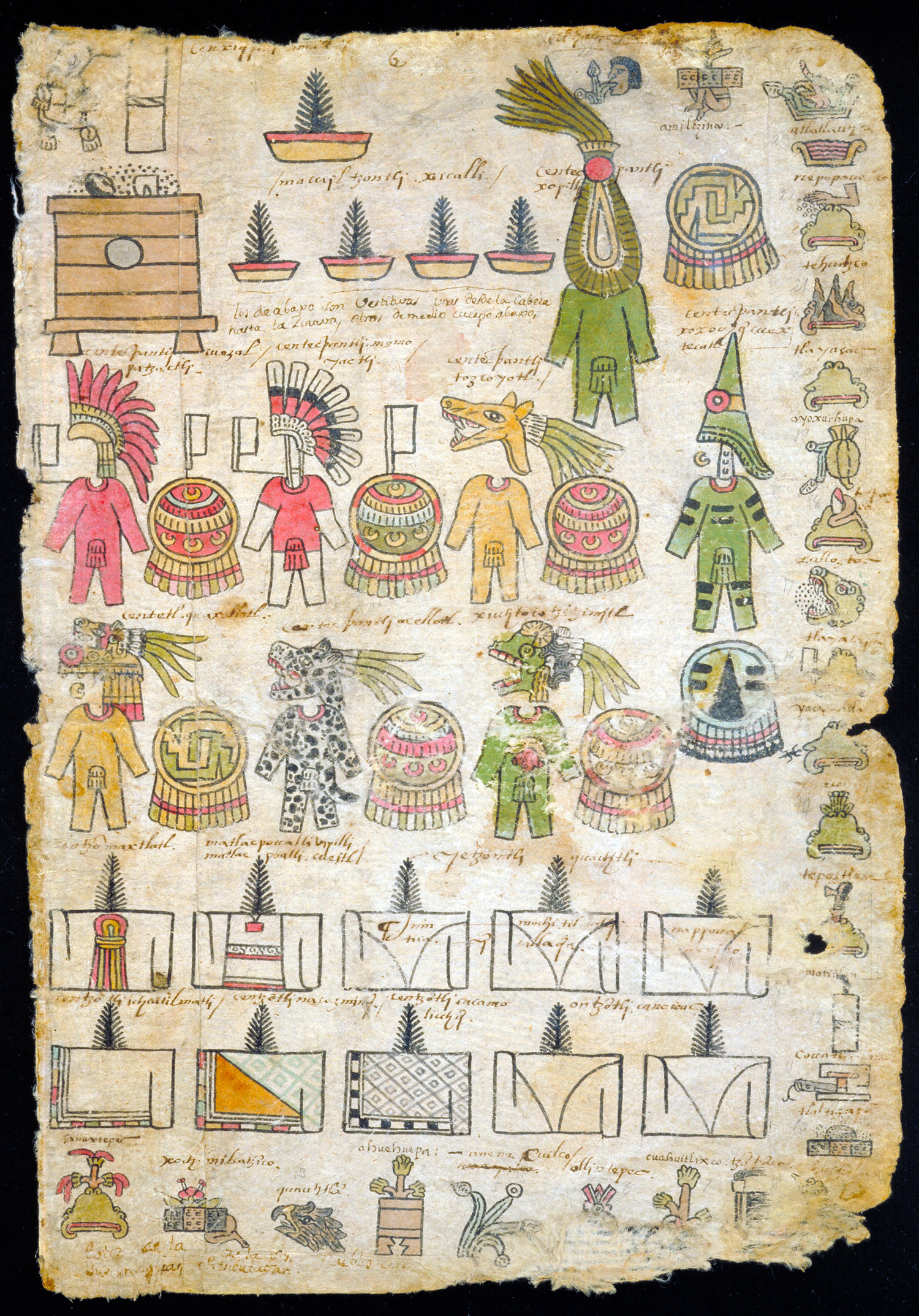
Artisans used the bark of fig tree, to make a dense brown-colored paper called paper « amatl » used in Aztec ceremonies. During the Spanish conquest, tissue paper was introduced and became the material of choice for papel picado.
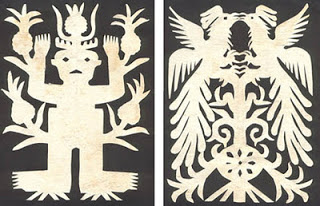
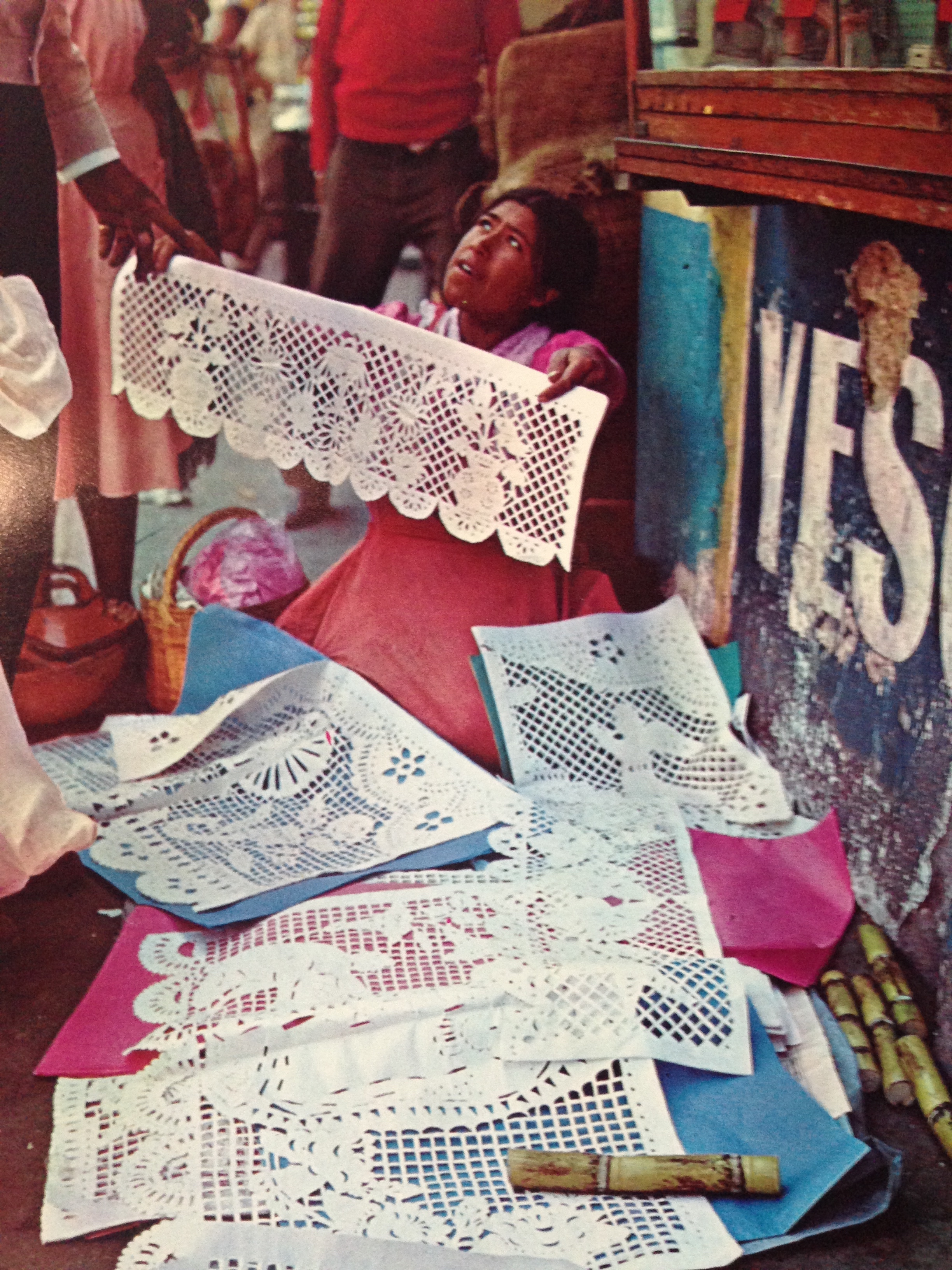
By the 1960's it had become a tradition around central Mexico to decorate buildings and streets with papel picado flags.Nowadays the tradition has been extended to the whole country. Bright tissue paper banners of papel picado add a festive touch to all celebrations in Mexico.
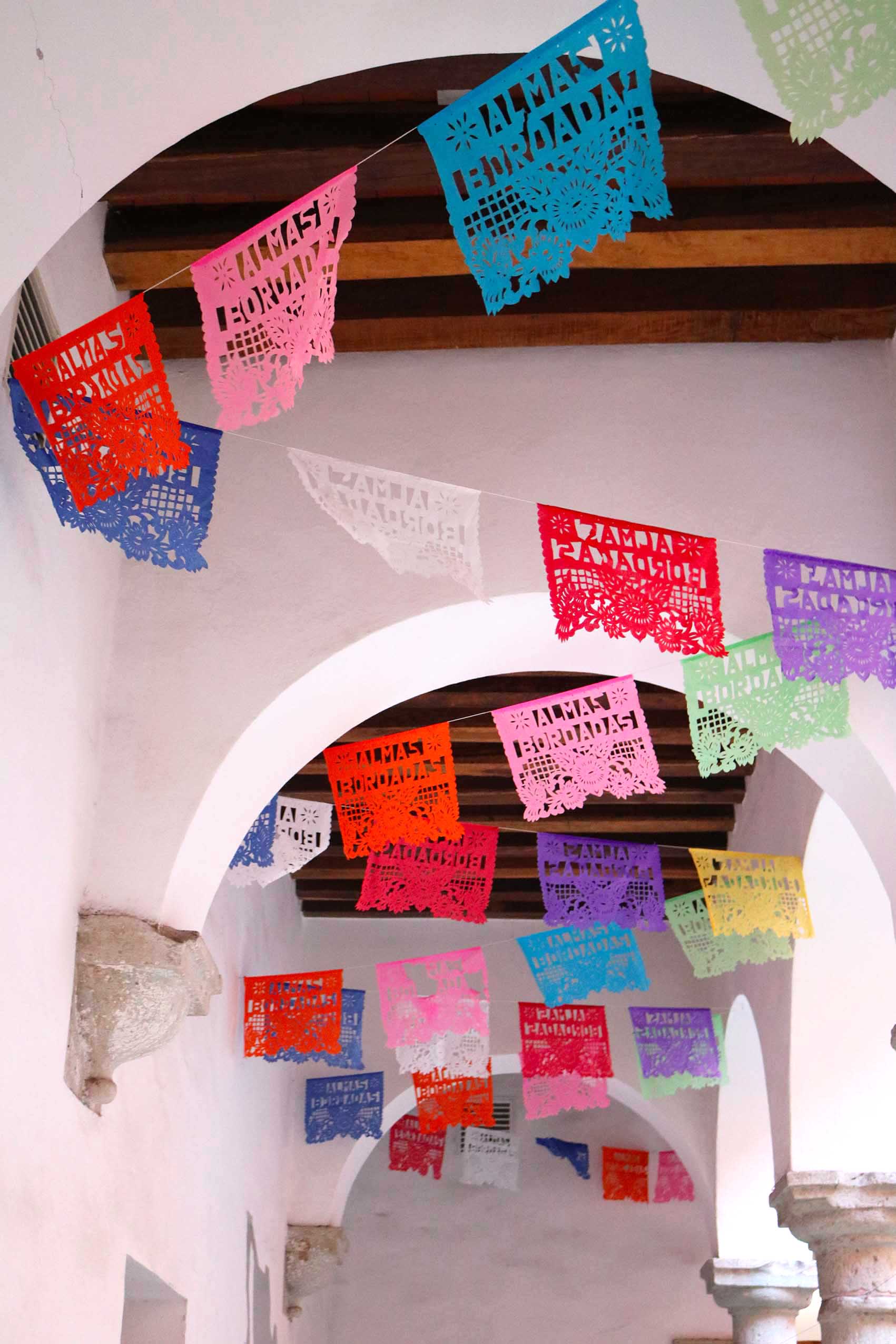
For the Day of the Dead, papel picado is often hung above the ofrendas in tones of orange and purple and features designs of skulls, skeletons, catrina and crosses. Hung together like a string of flags, the banners flutter above the streets and adorn the high ceilings of colonial homes.
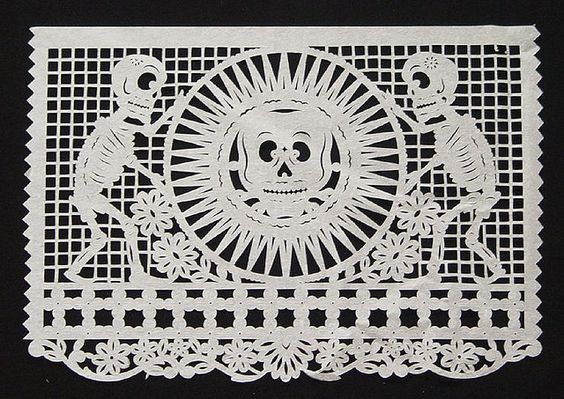
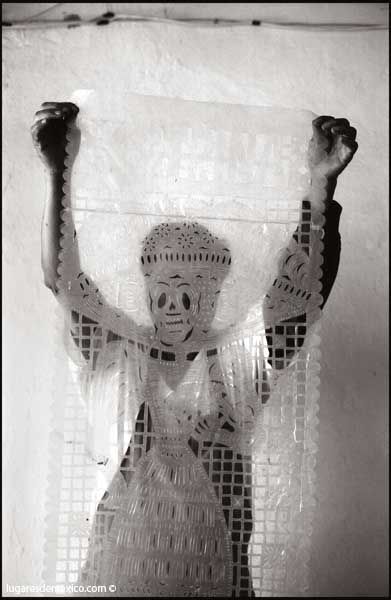
Photo : Anne Bonnefoy
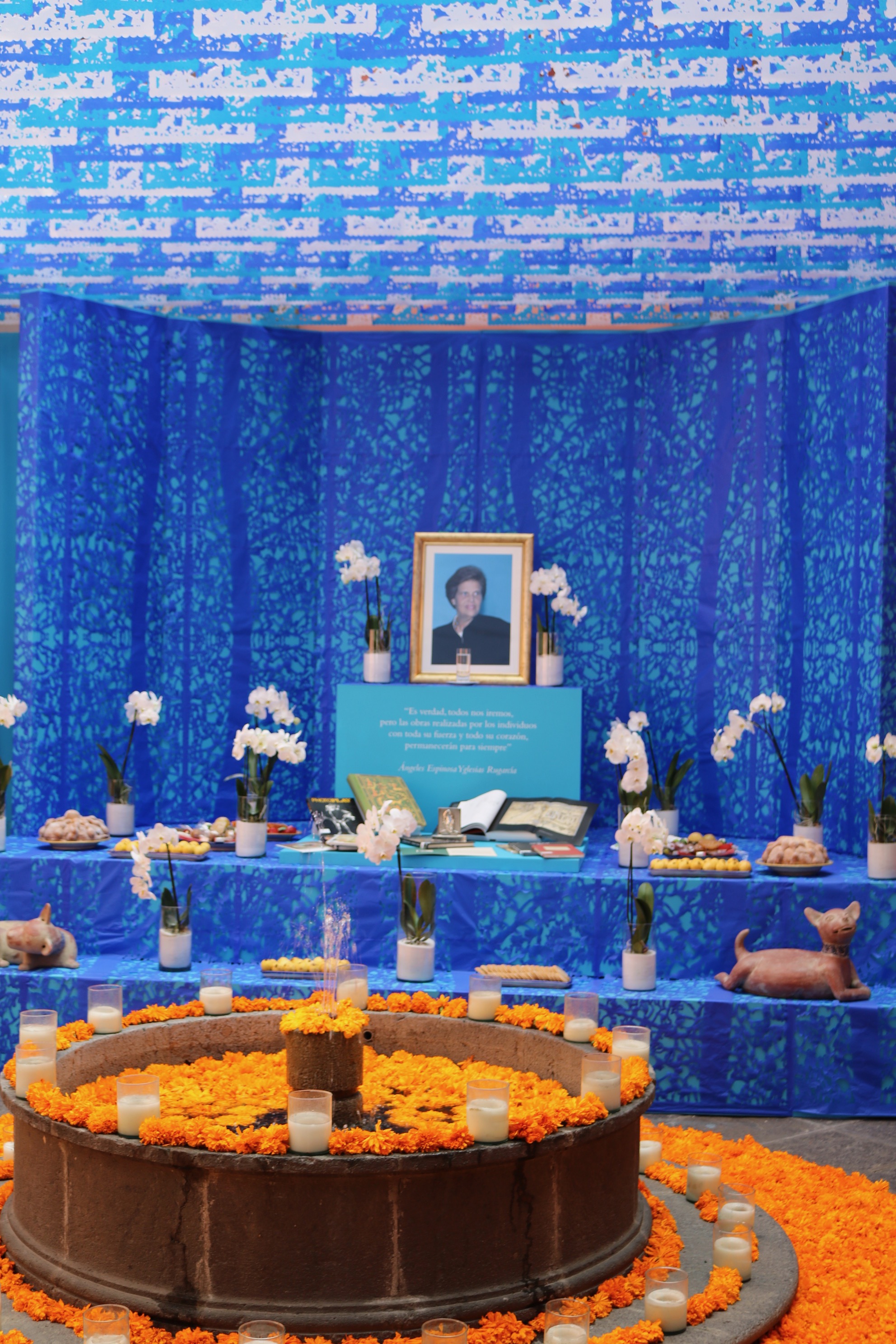
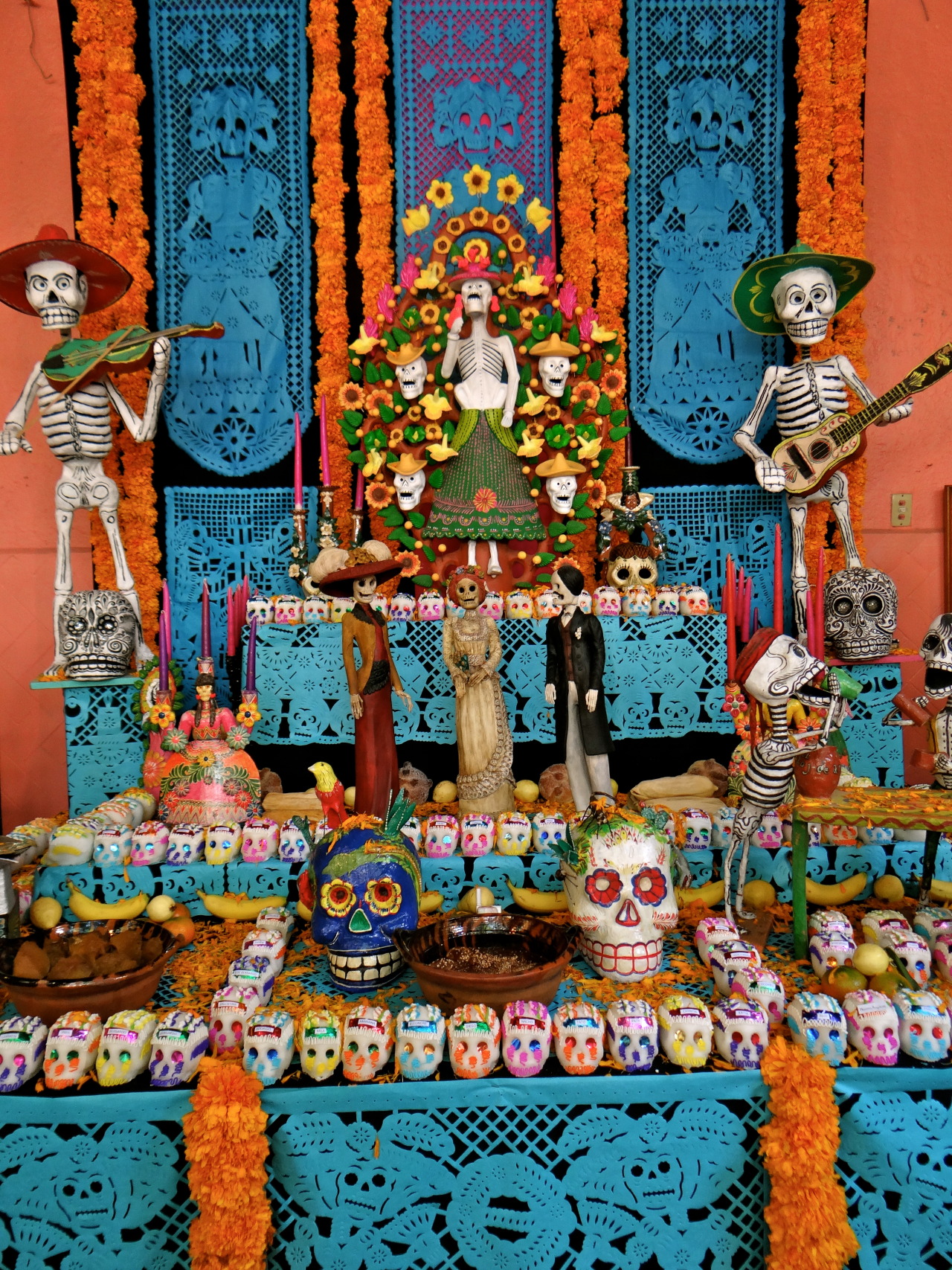
Our papel picado banners come from the village of San Salvador Huixcolotla in the state of Puebla, considered to be the cradle of papel picado.
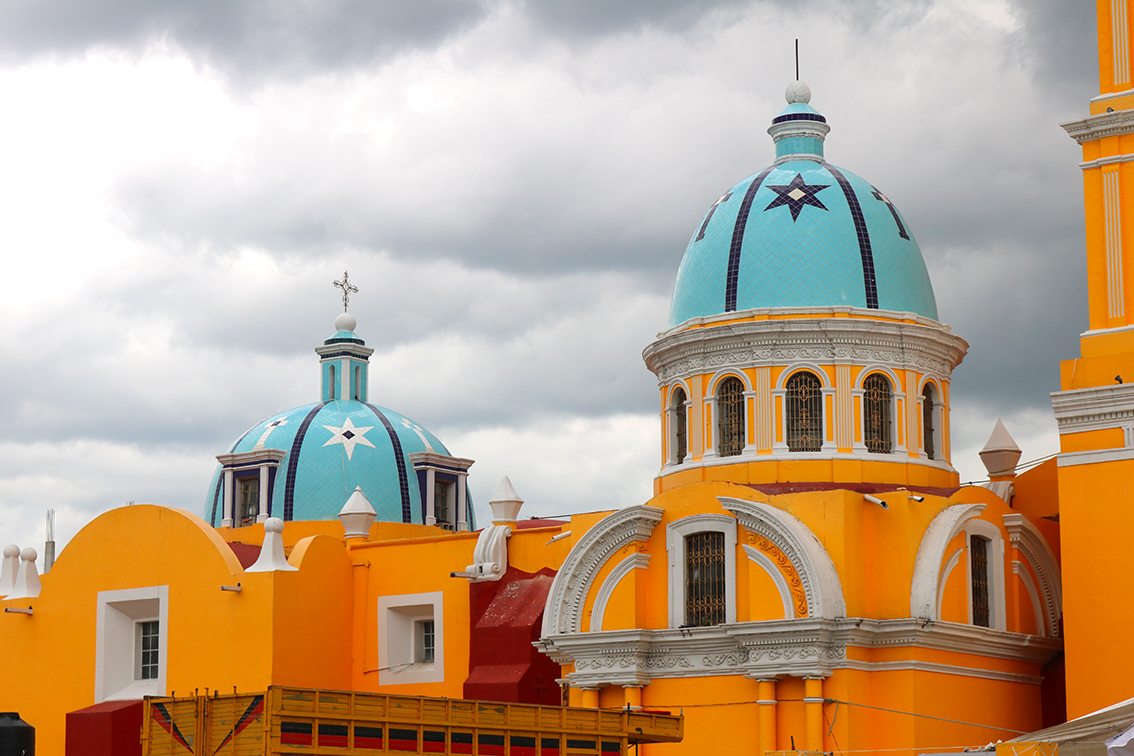
The Reynoso family create intricate designs that may take many hours to cut. Using chisels, awls and special cutting blades, they use hundreds of tissue paper sheets at a time. We create a pattern that they place over the stack of paper and that will guide the cutting of designs which require a keen ability to envision the use of negative space.
